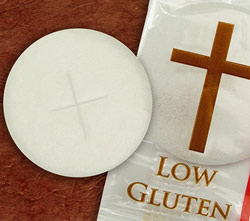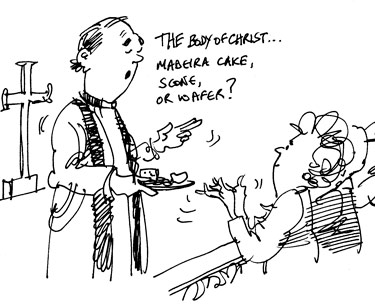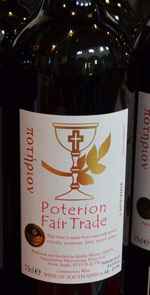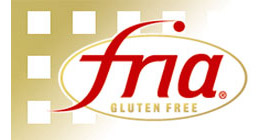|
|
If you found this article interesting, you will find many more general articles and research reports on coeliac disease here, and lots of information on the management of coeliac disease here.
You can also find articles and research reports on gluten intolerance here and articles on a wide range of other digestive conditions here.
For hundreds of gluten free foods see our freefrom food section here, and for nearly 800 gluten-free recipes see here.
And if you would like to get our FREE fortnightly e-newsletter with new products, recipes, articles and all the latest news from the allergy and freefrom world, just sign up here.


 In fact, earlier documents had been issued – two in the eighties, one in 1995, and a fourth in 2003 – addressing the subject not only of gluten in altar breads, but also of wine and fresh, partly fermented grape juice, known as mustum, as permitted matter for the celebration of the Eucharist.
In fact, earlier documents had been issued – two in the eighties, one in 1995, and a fourth in 2003 – addressing the subject not only of gluten in altar breads, but also of wine and fresh, partly fermented grape juice, known as mustum, as permitted matter for the celebration of the Eucharist. 







